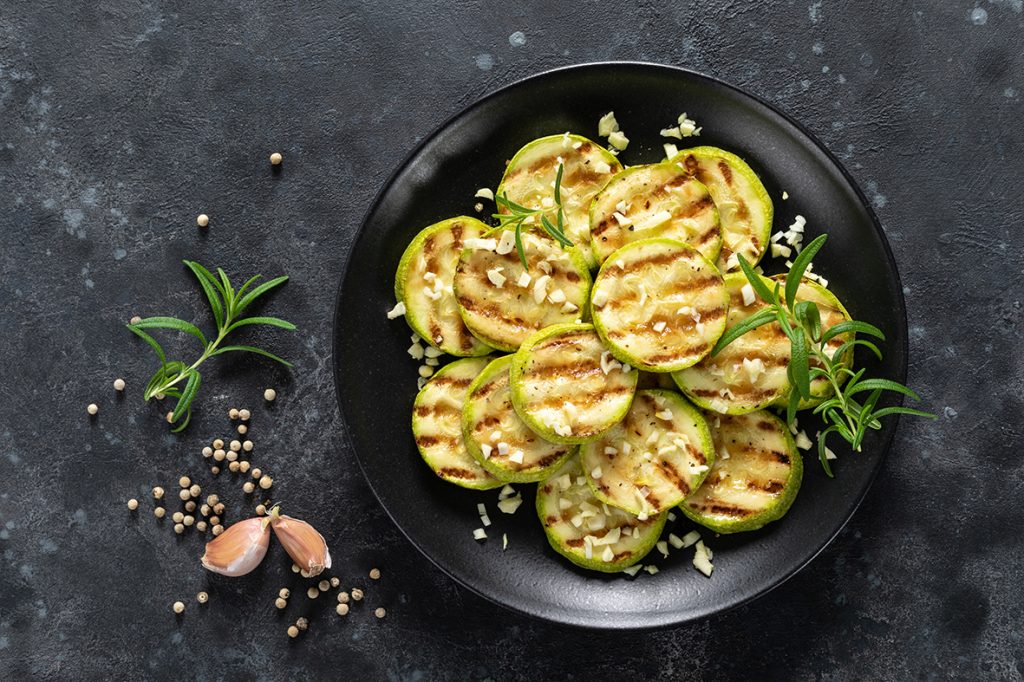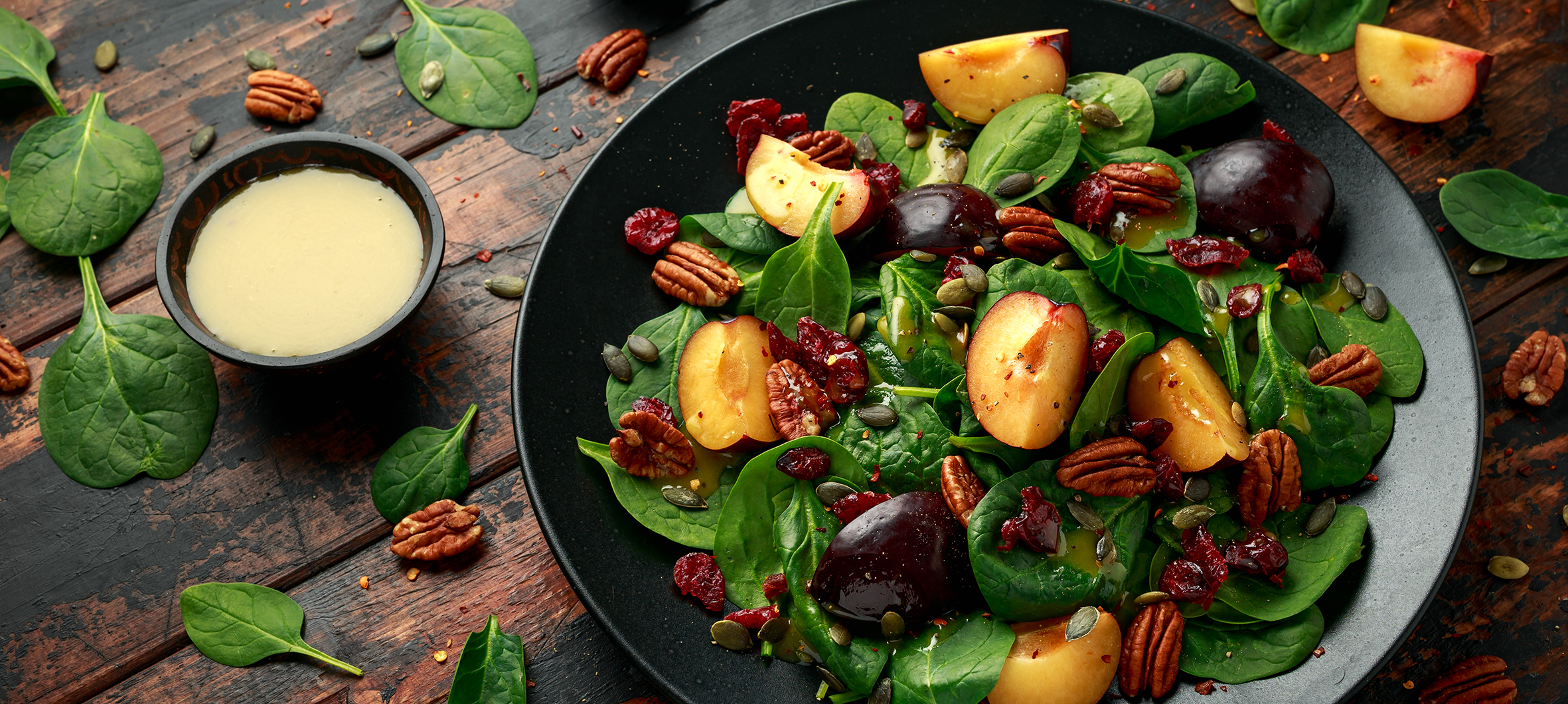Cooking with seasonal produce is a great way to inject more flavour, colour, and freshness to your dishes.
Sourcing out-of-season ingredients can become expensive, and even more so when it comes to more high-end, luxury items.
Opting for seasonal, local produce can therefore cut costs on imported fruit, vegetables, or meat, and ensures that you’re cooking with fresh, better-quality ingredients that haven’t been frozen or harvested too early.

What’s more, tailoring your eating to the seasons and local availability isn’t just a great way to create a varied, nutritious diet but a way to boost your eco-credentials too. If you’re looking for something to liven up your dishes this summer, foodservice experts Mitchell & Cooper share five seasonal delicacies you won’t want to miss.
Sole
When cooked well (and using fine quality catch), fish can be one of the best dining experiences. Summer is a great time to enjoy fish, as not only does it feel like a lighter, fresher choice than heavy meat dishes, but by midsummer, the breeding season of superior fish like Dover sole is over and they can be found in your local fishmongers. While lemon sole and megrim sole are slightly more affordable and readily available, Dover sole is considered one of the best fish caught in the UK and is primarily found in the English Channel.
Samphire season is also approaching, and while it may be short (from July–August) this wild coastal herb works brilliantly with fish. Its crisp, salty flavour makes samphire a great accompaniment to seafood, so serving it alongside your freshly caught sole makes it the perfect dish to enjoy during a mild British summertime.
Nasturtium

Perfect in salads, pastas, or any other light dish that needs a fresh, fiery kick, nasturtium is an edible flower that adds a touch of class every meal. They have a slightly peppery taste that’s similar to rocket, making them a great savoury garnish that’s a refreshing change from the sweet, botanical desserts usually associated with floral cooking.
These blooms have a long flowering period and are fairly hardy, so can last usually until the first cold snap of autumn. You can therefore take advantage of nasturtium flowers all summer long, and use their vibrant orange petals to inject a pop of colour into your summer dishes. They pair particularly well with squash, tomatoes, cucumber, and goat’s cheese.
Lamb
While we may traditionally associate lamb with Sunday roasts and the first buds of spring, it’s actually better when aiming for seasonal, local produce to enjoy this rich red meat in the summer. Generally, British-born lambs are only one or two months old by Easter, which is when our demand for lamb tends to be highest. This means they are often imported from countries as far away as New Zealand to meet our demand, or reproduction is encouraged too early meaning the lambs spend their first months raised indoors rather than green pastures (Jamie Oliver).
Lamb dishes can range from rich, slow-roasted recipes to barbecued skewers or burgers accompanied by a light salad and a minty, yoghurt dressing. Get creative with this versatile meat and see how much potential it has outside of the traditional Easter roast.
Damson plums
While classic summer fruits like strawberries and raspberries often take centre stage, these small yet mighty plum varieties are bursting with flavour and can be used in a whole host of creative ways. Coming into season in August, damsons are perfect for enjoying fresh in the last balmy month of summer but also in the form of jams, chutneys, and a tipple of damson gin to remind us of sunnier days when autumn starts to roll in.
For the perfect addition to a classic dessert, why not whip up a batch of damson and vanilla preserve to brighten up a rich cake or chocolate tart with some tangy sweetness? Alternatively, try a digestif in the form of damson gin, which is perfect for sipping after dinner but can also be added into a variety of refreshing summer cocktails.
Courgettes

These staple vegetables come into season in June, and while they may initially seem commonplace, courgettes are a versatile and complex vegetable that can be elevated to suit a host of special dishes. Whether they’re spiralised into courgetti for a lighter, healthier alternative to pasta or roasted and used as a bed for white fish like hake, these deep green vegetables are incredibly useful for fresh summer recipes that are packed with flavour.
Finally, to make the most of all the plant and for something a little different, don’t forget the courgette flowers! These can be bought independently from a greengrocer or come attached to freshly harvested courgettes. These large yellow blooms can be stuffed with ricotta and pine nuts before being fried into tempura, which makes the perfect bitesize appetiser.
“Buying produce locally and seasonally not only helps you prepare more nutritious, flavourful food, but it’s also a more sustainable approach to sourcing ingredients. What’s more, buying local supports the economy and other smaller suppliers in your area and can actually save you money on costly imported food.
“Tailoring your dishes around seasonal produce doesn’t have to limit your use of fine dining ingredients, either. Finding out which specialties are available or better enjoyed during certain months means you can simply vary your choice of luxury staples throughout the year.” -Guy Cooper, Managing Director of Mitchell & Cooper
The sleek hair trend is back and we love it





